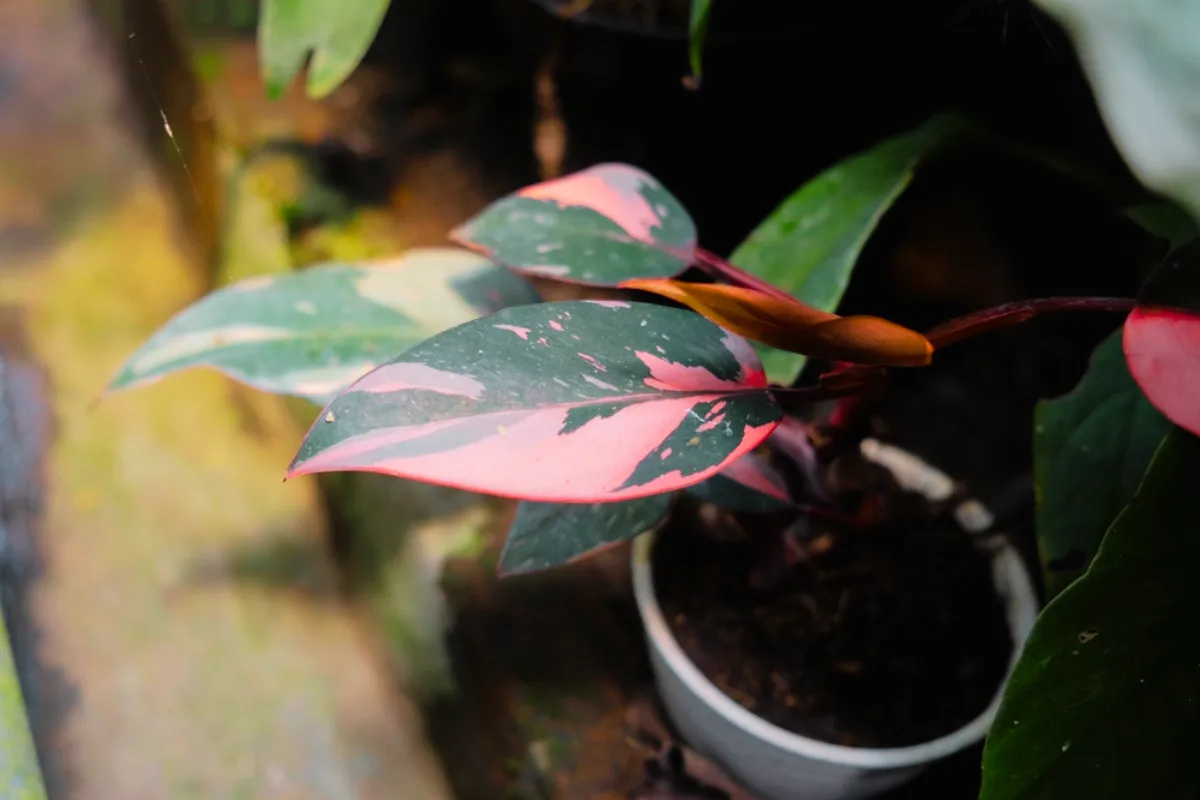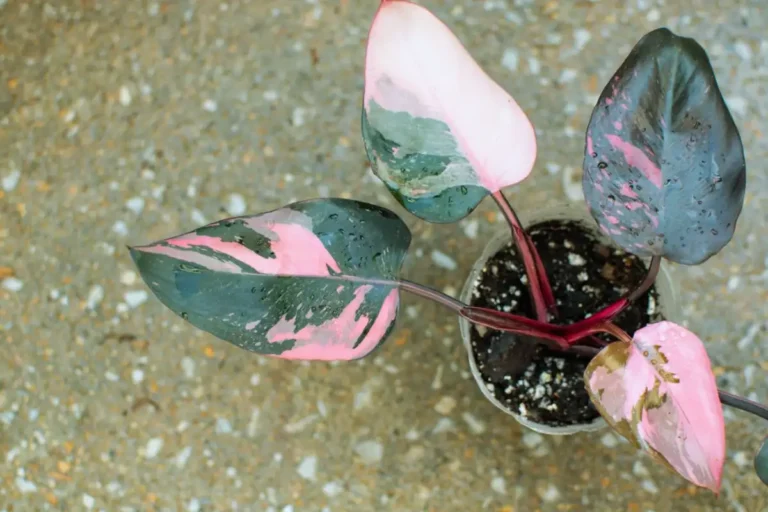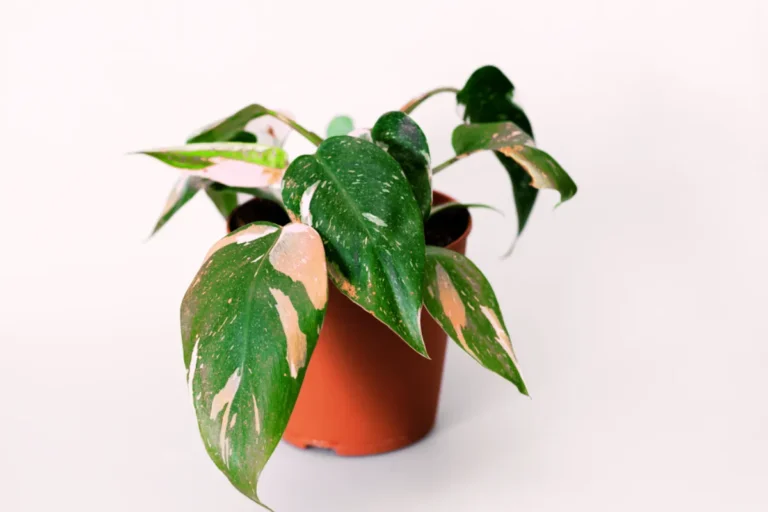Role of Nutrients to Boost Pink Princess Philodendrons Color

Pink Princess Philodendron, known for its striking pink and green variegation, is a favourite among plant Lovers, but keeping its vibrant colour can be a challenge. Have you noticed your plant losing its vibrant pink hue or wondered if you’re over-fertilizing or under-fertilizing? Are you unsure how to identify and address nutrient deficiencies or balance healthy growth with maintaining its bold colors? This blog is crafted just for you. With trusted tips on balancing healthy growth and vibrant colors, you’ll have everything you need to keep your Pink Princess thriving beautifully.
Magic of Pink Princess Philodendron Variegation
The Pink Princess Philodendron is adored for its unique variegation, blending deep green and vivid pink in a mesmerizing display. This variegation isn’t just luck; it’s a delicate balance of genetics, light, and care. If you notice your Pink Princess losing its pink hues, it’s often a sign of stress, such as insufficient nutrients or improper lighting. When you provide it with bright, indirect light and the right nutrients, the pink patches thrive, creating a striking contrast that makes the plant a true showstopper. Understanding its needs ensures your Pink Princess remains as magical as the day you got it!
Why Nutrients Matter for Vibrant Colors
Essential Nutrients for Pink Princess Philodendron
Nitrogen: Growth and Leaf Health
Phosphorus: Supporting Variegation
Potassium: Strengthening Plant Vibrancy
Micronutrients: Zinc, Magnesium, and Iron
By understanding and providing these essential nutrients, you can ensure your Pink Princess Philodendron care to maintains its stunning colours and thrives indoors and outdoors. Addressing each nutrient’s role will help you achieve a healthy, vibrant plant that becomes the centrepiece of your home or office.
Signs of Nutrient Deficiency in Pink Princess Philodendron
If you notice these signs, evaluate your plant’s feeding schedule, lighting conditions, and soil quality to restore its health and vivid beauty.
Choosing and Applying the Right Fertilizer
How to Choose
Use a balanced fertilizer with an NPK ratio of 20-20-20 and micronutrients like Magnesium and Iron to enhance color. Liquid fertilizers are fast-acting, while slow-release options provide steady nutrition. Avoid over-fertilizing to prevent leaf burn. Organic options like fish emulsion are also effective.
How to Apply
Apply liquid fertilizer once a month during the growing season, following package instructions. For slow-release, apply according to the manufacturer’s guidelines. Always avoid over-fertilizing to protect the plant’s health.
Common Mistakes to Avoid
Over-Fertilization Risks
If you over-fertilize your Pink Princess, the excess nutrients can cause salt buildup in the soil, burning the roots and leading to browning leaves. When you keep your Pink Princess outdoors, always dilute the fertilizer and use it sparingly to avoid overwhelming the plant. Too much can do more harm than good, stunting its growth and fading its vibrant colors.
Inconsistent Care
Inconsistent watering, lighting, or feeding routines can stress your Pink Princess, causing it to lose its signature pink hues. If you forget to water or move the plant frequently between light conditions, it may struggle to adapt. Whether you keep your Pink Princess indoors or outdoors, stick to a steady care routine to keep it thriving and colorful.
Seasonal Adjustments for Nutrient Needs
Spring and Summer: Active Growth
Fall and Winter: Resting Phase
Seasonal adjustments ensure your Pink Princess stays healthy and vibrant year-round!
Final Tips to Maintain Bright and Bold Colors
Consistency and care will keep your Pink Princess Philodendron vibrant and healthy!
Final Thoughts
Caring is both an art and a science, and with the right knowledge, you can extent the lifespan of pink princess philodendron to unlock its full beauty. By understanding its nutrient needs, providing proper light, and avoiding common mistakes, your plant can thrive with vibrant pink variegation. We hope this guide has answered your questions, eased your concerns, and empowered you to care for your Pink Princess confidently. Trust us to be your go-to source for all your plant care needs, and let’s grow vibrant and healthy plants together!






